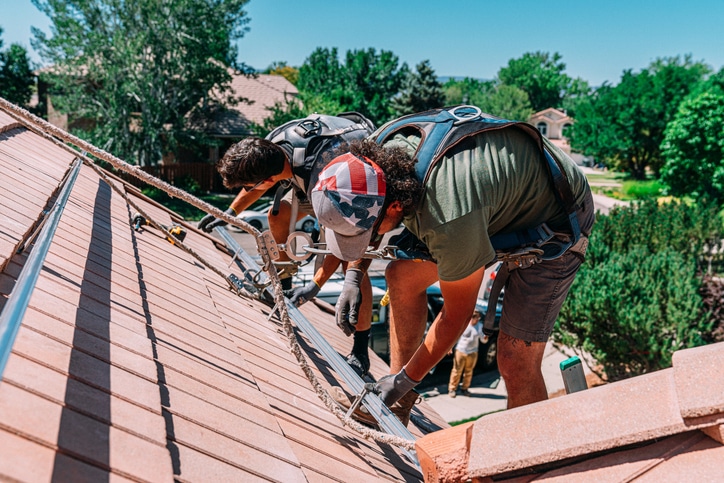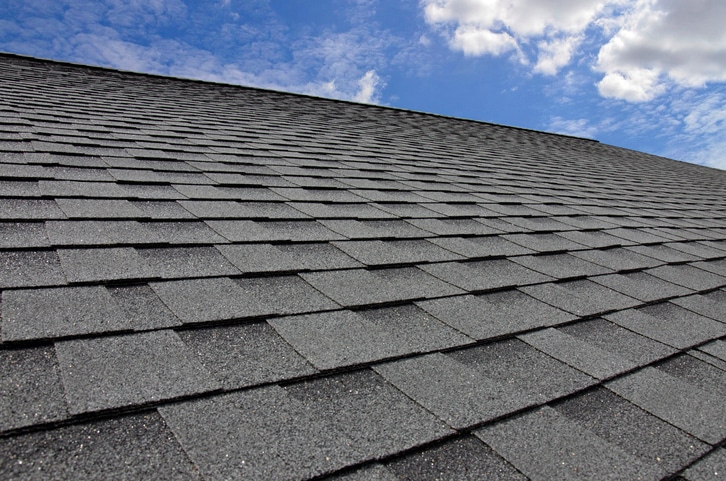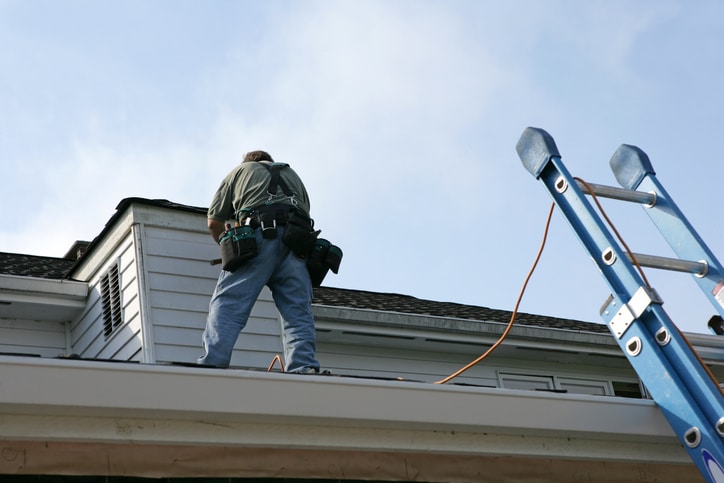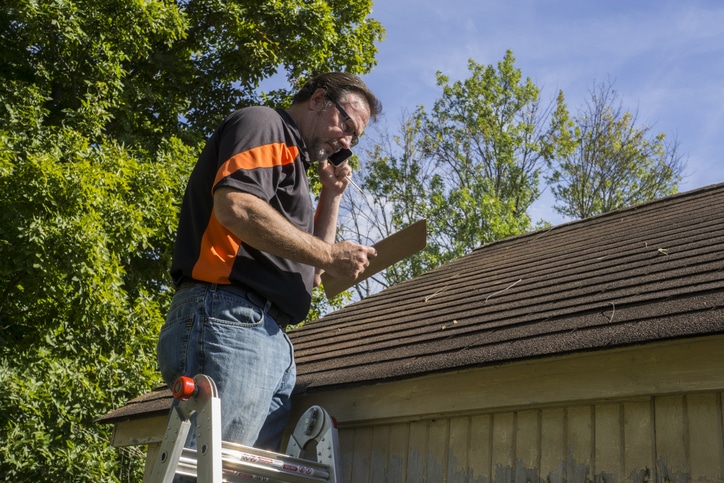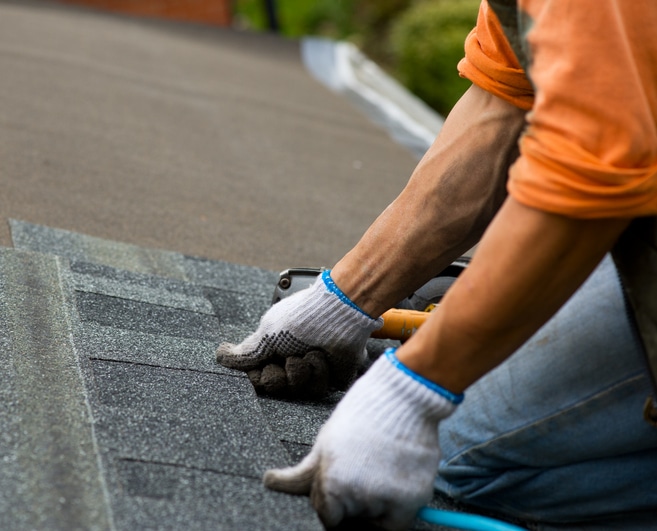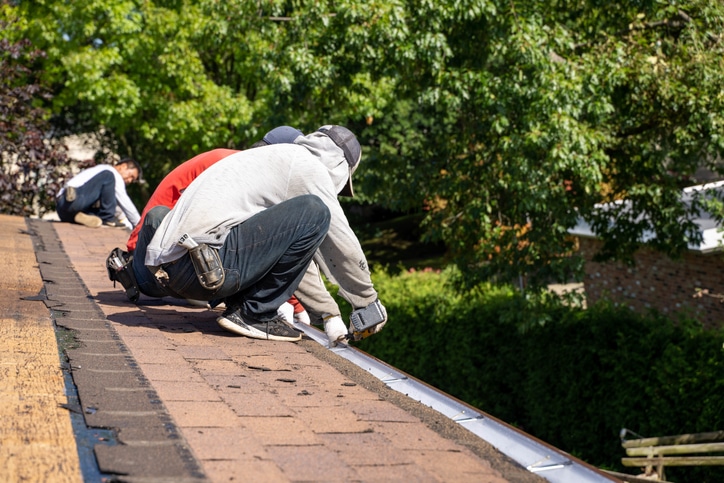Your roof is one of the most important aspects of your home. Unfortunately, roofing is plagued by misconceptions, making it difficult to separate fact from fiction.
This article aims to debunk some common roofing myths and provide facts that will help you make an informed decision regarding the care of your roof.
Common Roofing Myths
Myth 1: You only need to replace your roof when it’s leaking. This is incorrect. While leaks are a major sign of roof issues, they aren’t the only indicator. By the time a leak appears, you may already have substantial damage.
Other signs of roof deterioration are missing or damaged shingles, granule loss, sagging roofline, and excessive moss or algae growth.
Myth 2: A new roof is always necessary after a major storm. While severe weather can damage your roof, it doesn’t automatically mean you need a full replacement.
A qualified roofing inspector can determine the extent of the damage and the best course of action.
Myth 3: Laying a new roof over an existing one is always a good idea. While this can save money in the short term, it isn’t always the best solution.
This scenario can retain heat and moisture, possibly causing premature deterioration of both the old and new roofs. This situation also makes it hard to identify underlying structural issues.
Myth 4: Roofing is a DIY job. Roofing is dangerous and requires specialized skills and tools; improper installation can void warranties and lead to further damage.
Hiring a qualified roofing contractor is a worthwhile investment. It will ensure that the job is done right and under warranty.
Myth 5: The cheapest roofing material is always the best option. Your budget should always be considered, but choosing the cheapest materials can be costly in the long run.
Cheaper materials often have shorter lifespans and might not provide adequate protection against the elements, leading to frequent repairs and early replacement.
Roofing Facts
- Regular roof inspections are vital for the health of your roof.
- Proper ventilation is crucial to prevent damaging moisture buildup.
- The lifespan of your roof depends on the materials used, the quality of the installation, climate, and regular maintenance.
- Different roofing materials have pros and cons. Research will help you find the right one for your circumstances.
- Proper gutter maintenance prevents water from backing up onto your roof, causing leaks and damage.
Best roof maintenance practices:
- Schedule regular roof inspections.
- Keep gutters clean.
- Trim overhanging branches to prevent debris buildup.
- Address roofing issues promptly.
- Ensure proper attic ventilation.
- Invest in a gutter protection system like gutter guards.
- Choose a reputable roofing contractor for all your roofing needs.
Southern National Roofing is a premier roofing contractor offering expert advice and professional roofing services.
We focus on quality materials and workmanship, excellent customer service, and long-lasting, energy-efficient solutions.
Protect your home from the elements. Schedule a free inspection today with a company you can trust!

